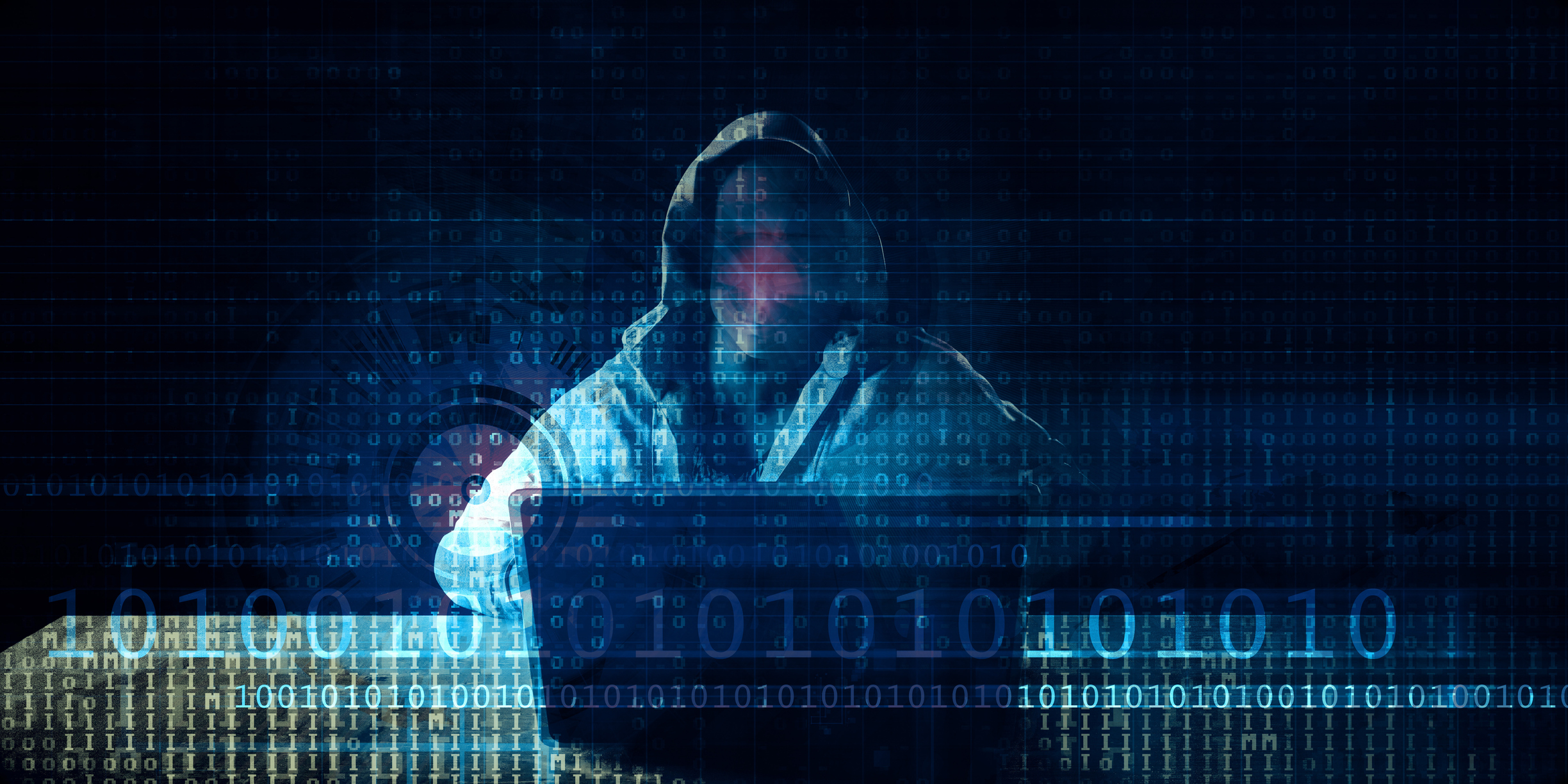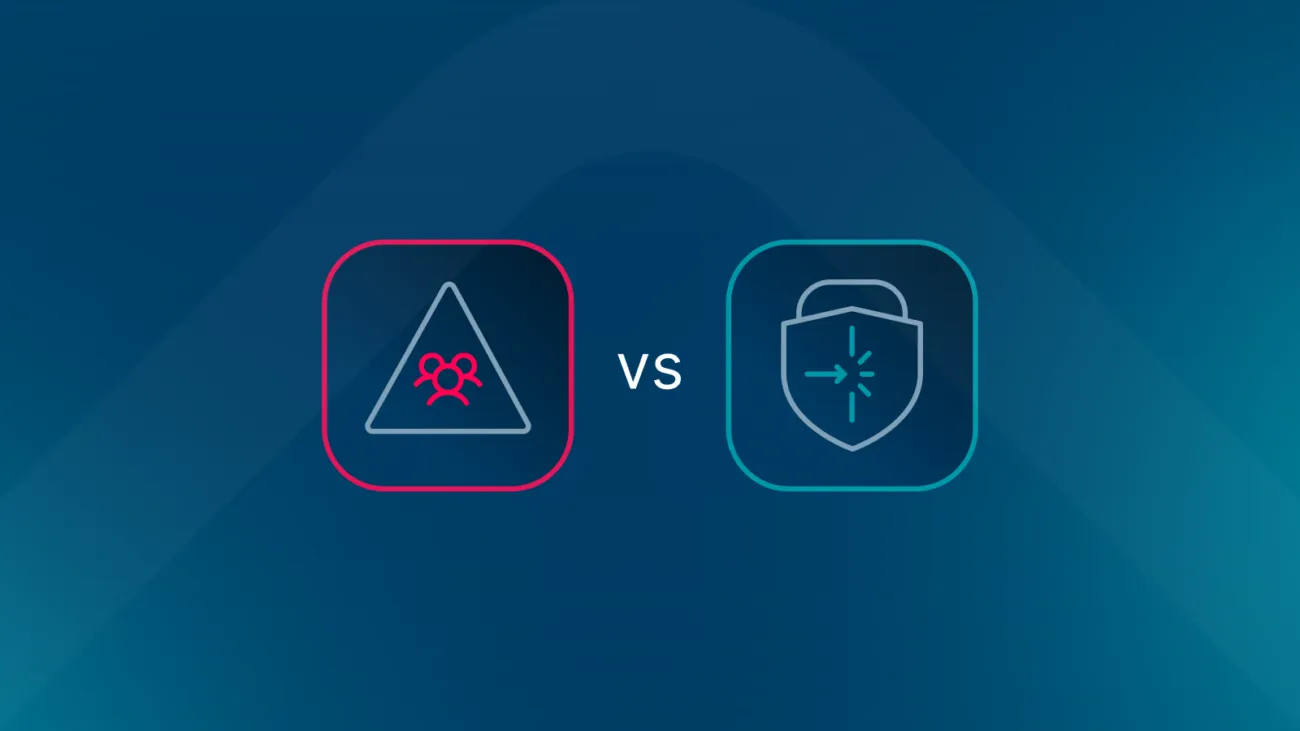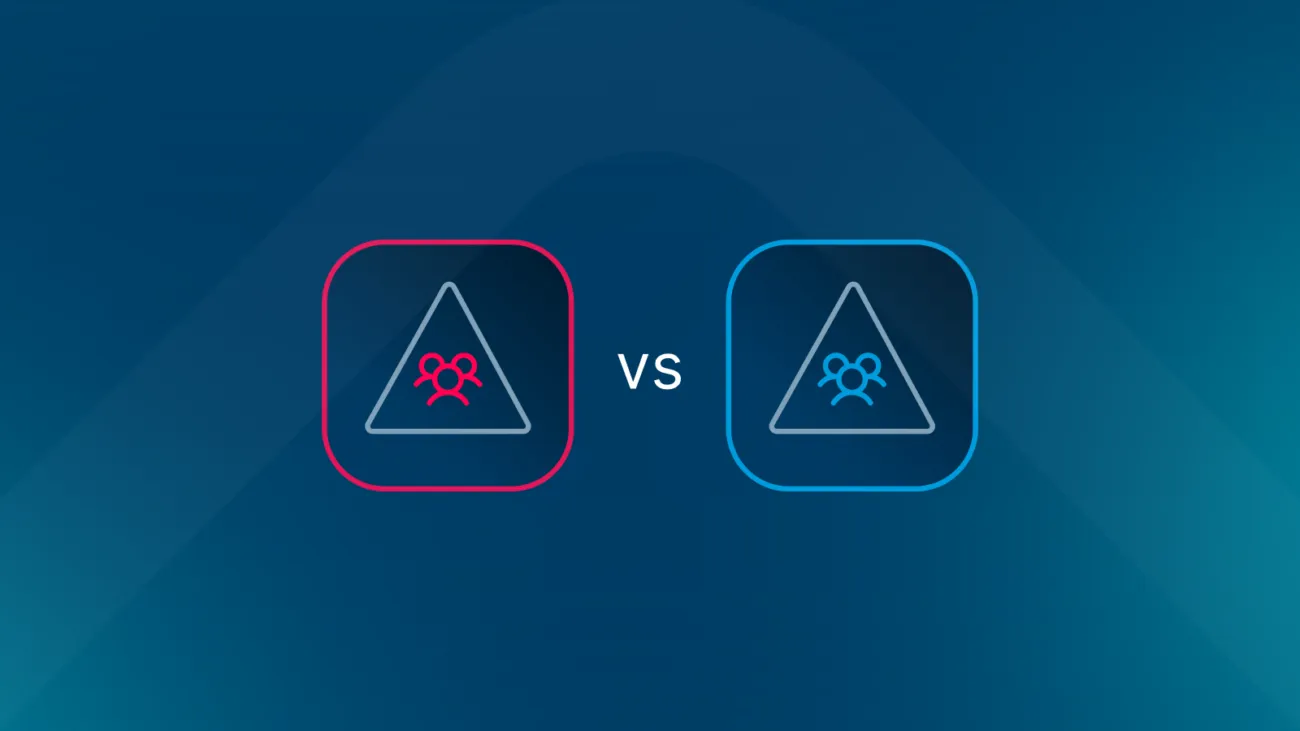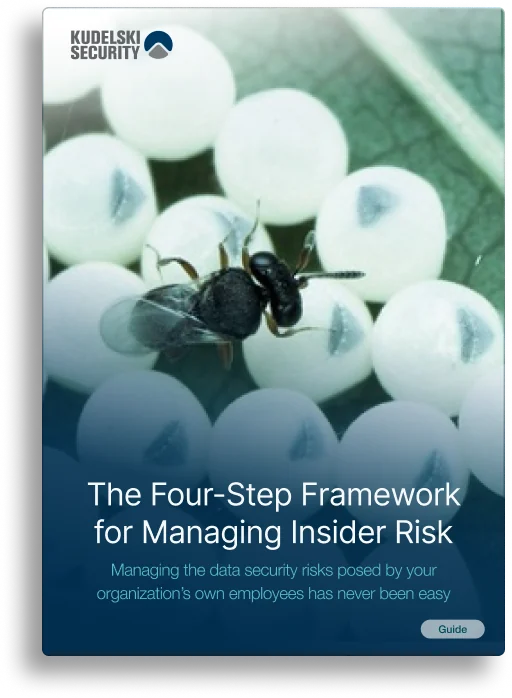Why Tabletop Exercises Are Becoming a Boardroom Imperative
Would your organization survive a cyber crisis tomorrow?
It's a tough question, but one that every leadership team should be able to answer with confidence. The reality is that many cannot. Even organizations with strong security programs often discover critical gaps only when a real incident unfolds. By then, pressure is intense, time is limited, and missteps can be costly.
One of the most powerful ways to build resilience and uncover blind spots is through a cyber tabletop exercise. A well-designed exercise turns theory into lived experience. It allows leaders to make tough calls, stress test communication, and build the muscle memory needed for real-world crises.
Tabletop Exercises: Turning Theory into Experience
A cyber tabletop exercise lets your leadership test readiness in a safe environment. Instead of reading a plan, participants live through a realistic scenario. The exercise reveals where decisions stall, where roles blur, and where communication fails before attackers find those gaps.
Tabletop exercises are more than best practice. Under NIS2, leadership is responsible for approving and overseeing cyber risk management and for taking measures that cover incident handling, business continuity and crisis management. Germany’s BSI guidance goes further by recommending scenario-based exercises and case studies for executive training.
Why Tabletop Exercises Matter
Incident response plans on paper are useful, but they cannot simulate pressure or uncertainty. A tabletop exercise brings those elements into sharp focus.
These sessions bring together technical, legal, communications, operations, and leadership teams to walk through a realistic cyber crisis. The goal is not to test IT controls but to test clarity, agility, escalation, and judgment. Leaders receive new details and shifting events as the scenario unfolds. They must react, coordinate, and decide under stress.
When the exercise is guided by a simulation platform, it feels closer to real life. Information arrives in real time, participants experience the emotional and cognitive pressure of a crisis, and the gaps that hide in daily routines come into view.
NIS2 and BSI Guidance: Raising the Bar for Leadership
The NIS2 directive has changed how cybersecurity responsibility is understood in Europe. It places direct accountability on boards and executive leadership for risk management and incident response.
Germany’s new BSI guidance makes this expectation even more concrete. It requires regular training for executive leadership, recommends scenario-based exercises, and emphasizes the personal accountability of decision-makers. Board members are expected to understand their organization’s risk posture, approve risk management measures, and demonstrate crisis readiness.
Failure to meet these expectations can have real consequences, including personal liability for executives and reputational damage for the organization. Tabletop exercises provide a direct way to meet these expectations in a practical, measurable way.
Tabletop Exercises That Prove Board Readiness
A deliberate tabletop program does more than check a compliance box. It builds confidence and operational strength where it matters most.
1. Decision-making under pressure
Leadership must respond without perfect information. A good exercise forces that dynamic and helps teams sharpen their judgment.
2. Cross-team coordination and communication
Cyber incidents affect the entire business. Exercises reveal how effectively legal, communications, operations, and IT work together when time is short.
3. Clarity of roles and escalation paths
When does the cyber team escalate to the CISO? When should the CEO step in? Tabletop exercises bring these questions to the surface.
4. Evidence for regulators and insurers
You get documented output such as decisions, timelines, and lessons learned that prove you have tested your plans.
5. Cultural reinforcement
When leadership actively participates in exercises, it signals that resilience is not just an IT priority but an organizational one.
Inside the German BSI Guidance: What Boards Need to Know
Germany’s BSI guidance offers a clear roadmap for board involvement in cybersecurity:
- Who must participate: Board members and equivalent leadership positions.
- How often: At least every three years, or more frequently if risk exposure changes.
- What must be covered: Understanding risks, overseeing risk management measures, and assessing the impact of incidents on business continuity.
- Evidence: Organizations must document participation, content, and outcomes of trainings and exercises.
- Depth of knowledge: Boards are not expected to be technical experts but must understand enough to make informed strategic decisions.
These expectations align closely with international best practice, including the G7 Fundamental Elements of Cyber Exercise Programmes, which emphasize multi-year programs that build lasting response capability.
Tabletop exercises are one of the most effective ways to meet these expectations in a way that is memorable, measurable, and defensible.
How to Build an Effective Tabletop Program
If you want to get real value from tabletop exercises, thoughtful design matters.
Start with clear objectives
Choose one or two primary goals. Examples include communication and escalation, legal exposure, decision speed, detection, containment, and recovery.
Use realistic scenarios
Shape the scenario around your sector, your critical processes, and your most credible threats.
Include the right people
Bring IT, SOC, legal, privacy, communications, operations, compliance, and executive leadership to the table.
Test detection
Confirm that logging, EDR, SIEM, and alert triage enable fast identification and scoping. Agree on thresholds for declaring an incident.
Test containment
Validate the ability to isolate endpoints and servers, restrict identities, segment networks, reset MFA, and revoke access quickly.
Test recovery
Verify that backups are recent, offline, and tested. Check rebuild procedures, gold images, configuration baselines, and that you can meet recovery time and recovery point targets.
Decide on ransom strategy
Clarify who decides whether to pay or not to pay. Define your negotiation posture, sanctions checks, data exposure criteria, and when to involve law enforcement and insurers.
Protect continuity
Set minimal service levels and manual workarounds. Establish a clear order of recovery that matches customer and regulatory commitments.
Prepare communications
Have holding statements, FAQs, and board updates ready. Maintain a verified out-of-band channel if normal systems are unavailable.
Capture evidence and improve
Measure time to detect, time to contain, and time to recover. Record key decisions and lessons learned, then turn them into improvements and proof of testing.
A Clear Mandate for Leadership
Cybersecurity is no longer only about technology. It's a leadership responsibility. Under NIS2 and Germany’s BSI guidance, boards are accountable for risk and resilience.
Tabletop exercises give leaders the space to rehearse crisis judgment, coordination, escalation, and communication. They turn plans into action, strategy into muscle memory, and policies into proof of governance.
A real crisis is the wrong time to find out what doesn’t work.
Build Your Resilience with Kudelski Security
If you want help turning policy into practice, our team can design and run a tabletop exercise tailored to your risks, your sector, and your leadership goals. We'll work with you to build board-level confidence, meet NIS2 expectations, and strengthen real-world resilience.
Contact Kudelski Security to start the conversation.


















